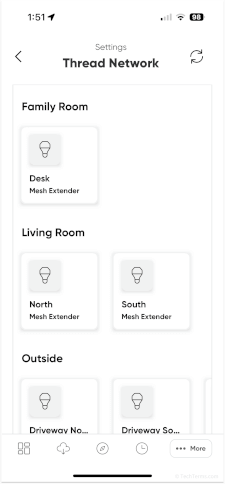Thread
"Thread" has several possible definitions in the context of computing. It may refer to process threads, which are the basic unit of instruction that a computer's processor executes. It may refer to a message thread in emails, social media posts, or instant messages. It may also refer to a wireless protocol used by smart home devices to communicate with each other.
Process Threads
A thread is the basic unit of execution in a computer process. Each process thread includes instructions for a computer's processor to execute in a sequence. When a processor finishes executing one thread, it moves on to the next based on the priority assigned by the operating system. Most modern operating systems support multithreading, which executes multiple threads at once. A program's tasks can be divided into multiple threads that can run in parallel, allowing it to take advantage of multiple processor cores and accomplish tasks faster than if it ran in single-threaded.

Message Threads
A message thread groups messages into a conversation by topic instead of purely chronologically. For example, a user on a web forum can create a post, and all replies to that post are part of its thread. Similarly, an email thread starts with an initial message and includes every back-and-forth response, allowing an email client to display the entire conversation chronologically. In some cases, you can even collapse a message thread to hide a message's replies, saving screen space and allowing you to focus on another topic instead.
Smarthome Devices
Thread is a low-power wireless mesh networking protocol for smart home devices like smart light bulbs, wall plugs, and sensors. The Thread protocol includes IPv6, which allows each device to have a globally-unique IP address. It operates using the same IEEE 802.15.4 wireless radio standard used by older Zigbee smart home devices but operates at a different frequency.
Since Thread uses mesh networking, each device acts as a router that can communicate directly with other devices in the home. If one device in a Thread network drops offline, the other devices can adjust their routing accordingly to prevent an interruption. A Thread network does not need a central hub or bridge for devices to talk to each other, but a border router is required to control Thread devices over the Internet. Thread devices that plug directly into power — for example, smart speakers like the Apple HomePod or Google Home — typically include border routers.
 Test Your Knowledge
Test Your Knowledge